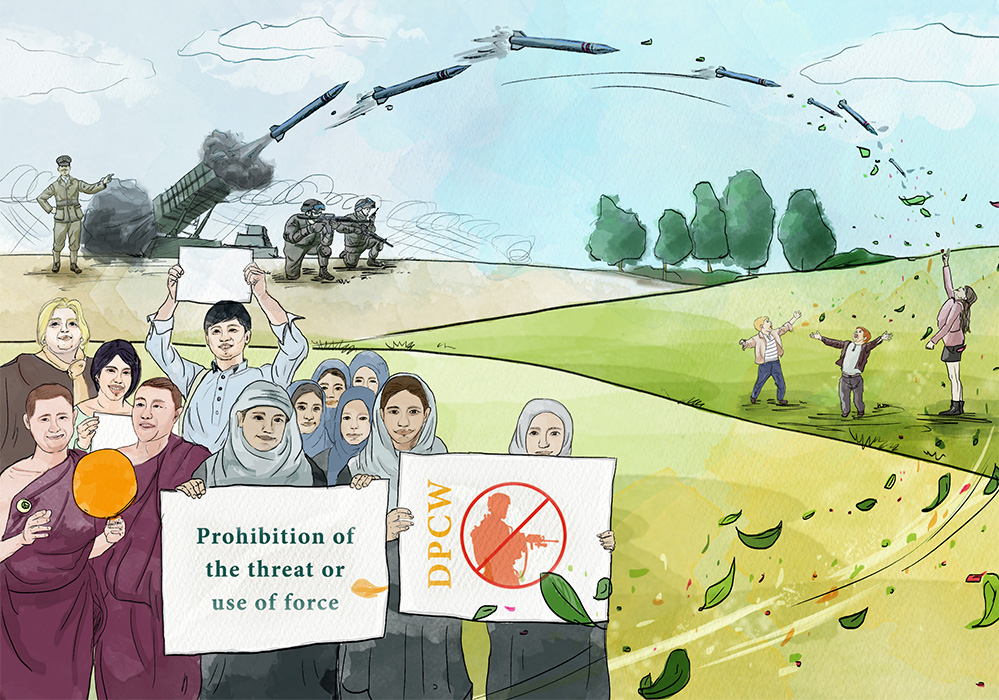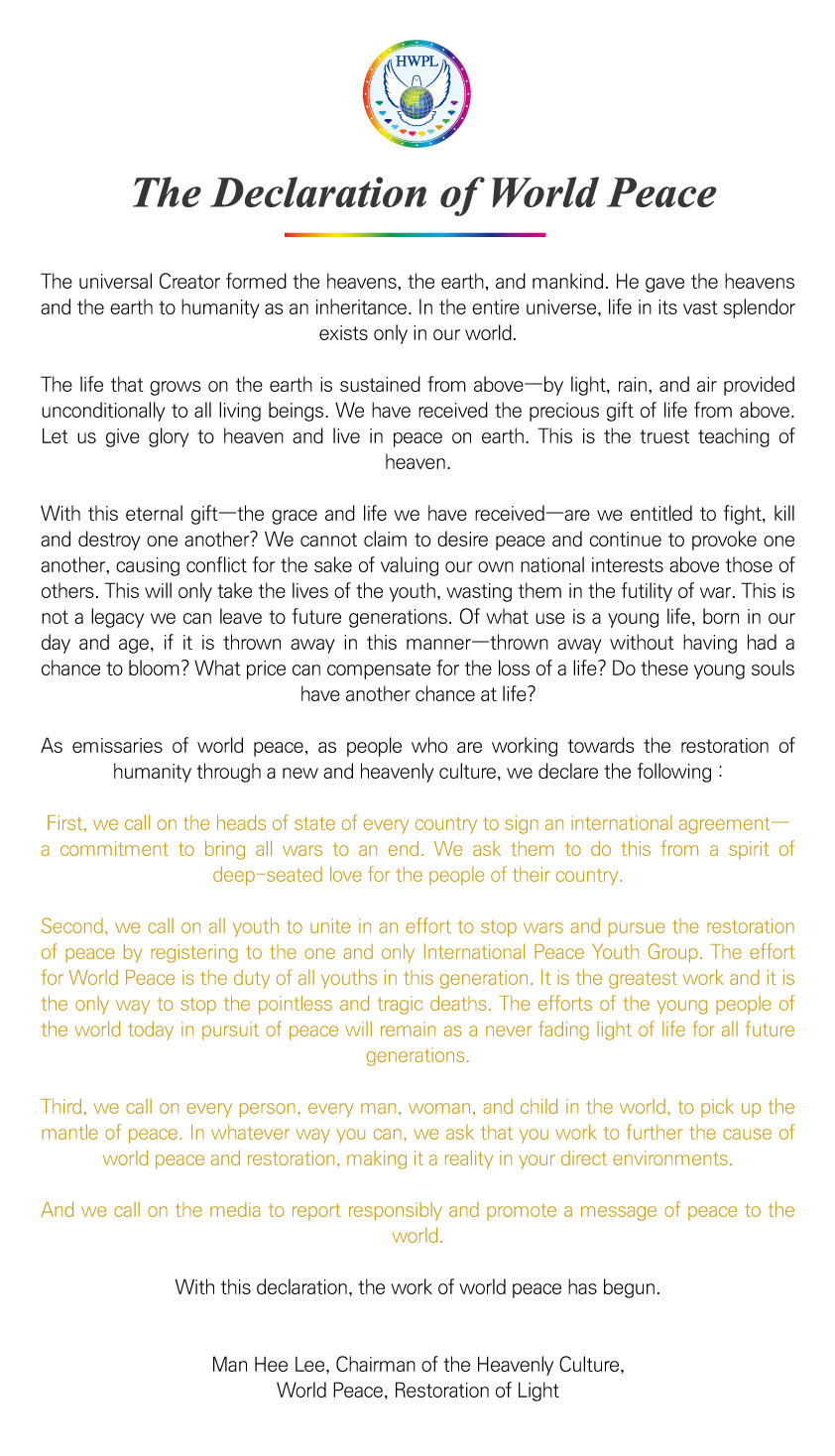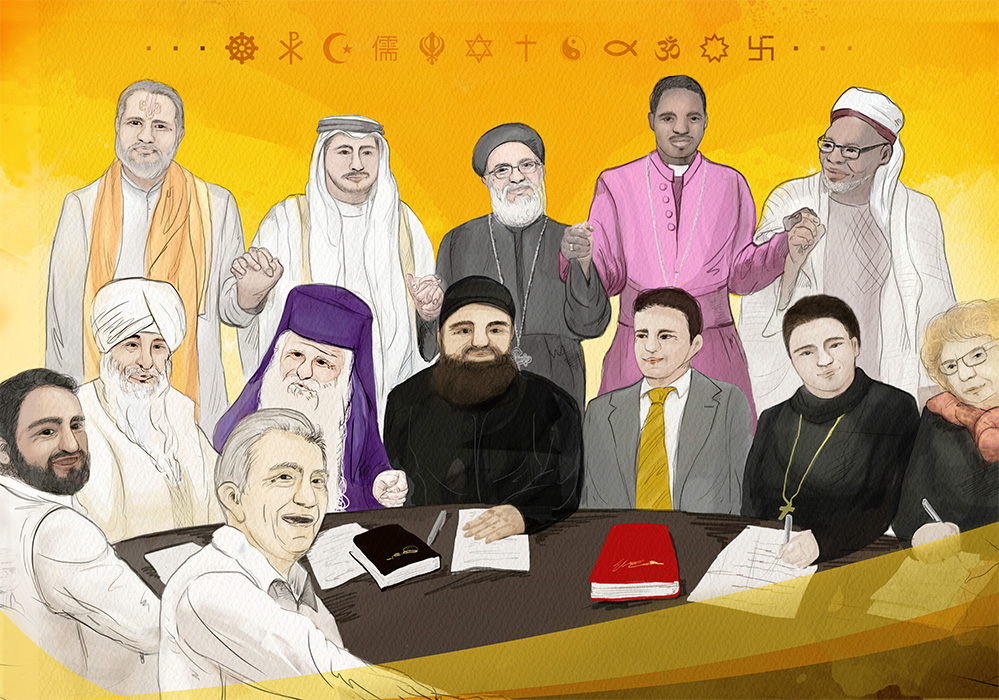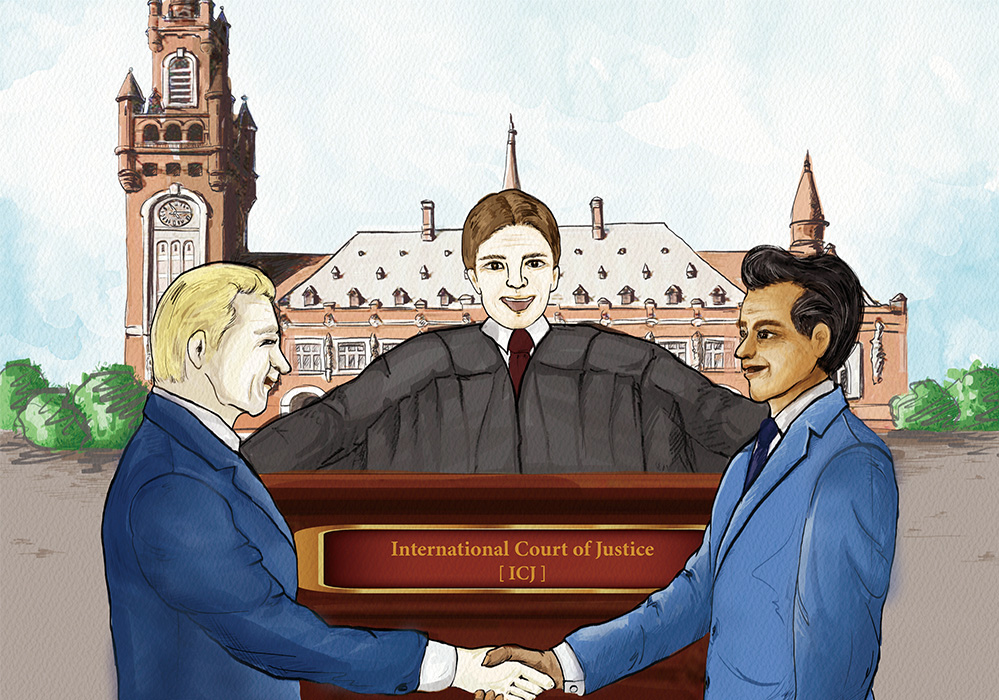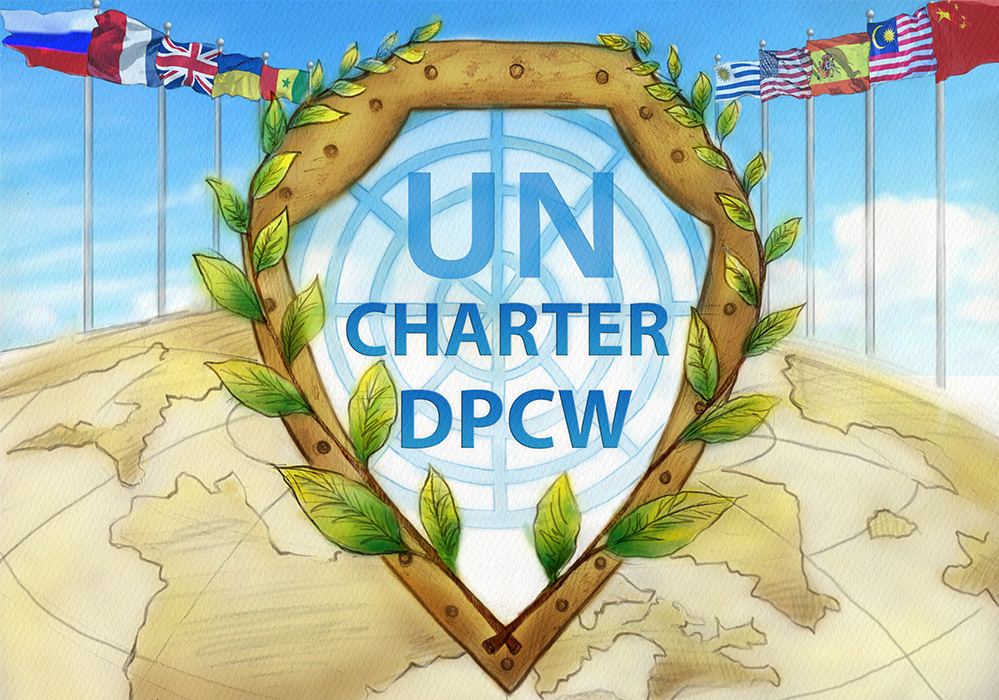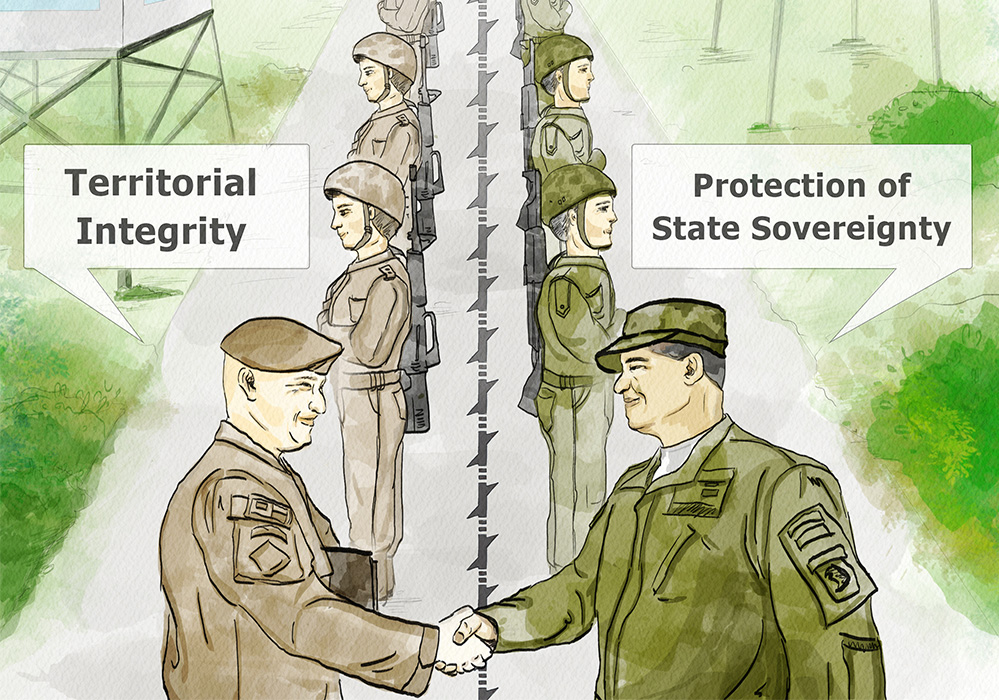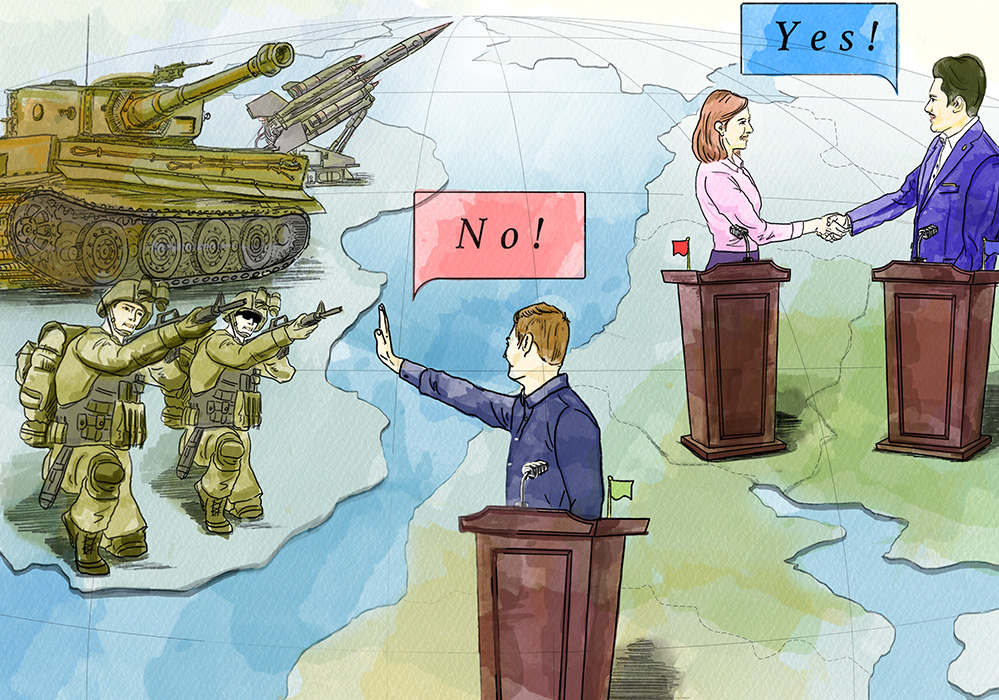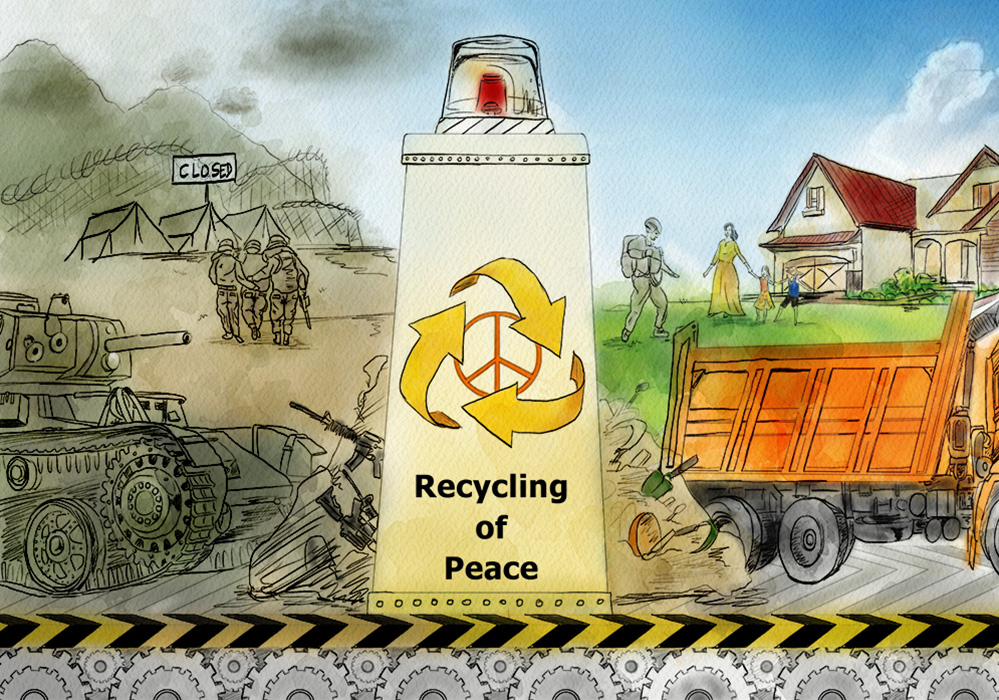Law for Peace
1. Support from Governments
Five countries – Seychelles, Eswatini, Comoros, Antigua and Barbuda, and Saint Vincent – have expressed their support for the DPCW at the national level. High-ranking leaders of eight Pacific Island countries announced a follow-up agreement, and the National Assembly of Ecuador prepared a letter supporting the DPCW.
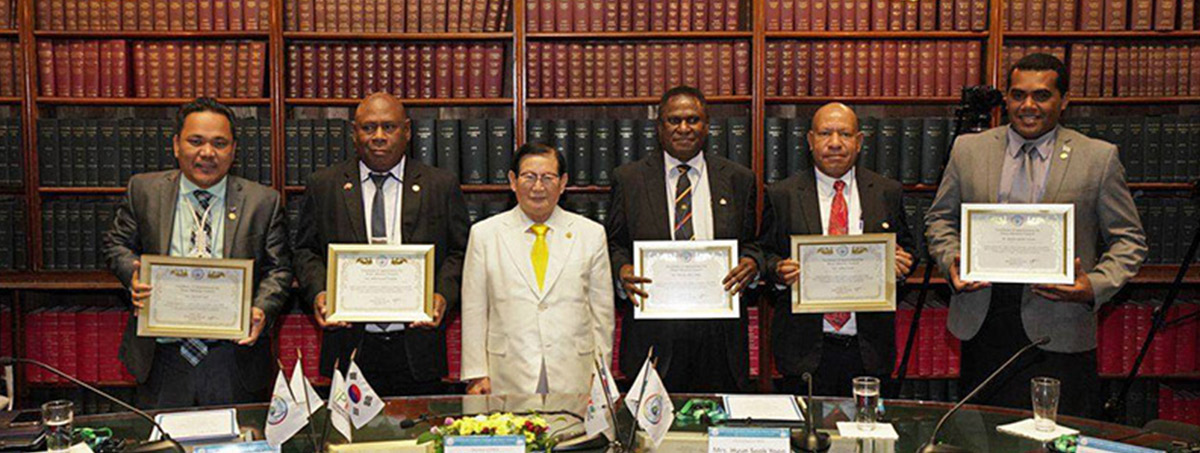
2. Support from IGOs and Former Heads of State
Former Prime Minister Said Musa of Belize formed the Coalition of Caribbean Leaders for Peace (CCLP), a group of former presidents and prime ministers of the Caribbean Community member states, to support the adoption of the DPCW at the international level, and the group is expanding its advocacy activities. Also, HWPL signed a memorandum of understanding with the Pan-African Parliament (PAP), the legislative body of the African Union, to cooperate on peace work. The International Centre for Black Sea-Baltic Studies and Consensus, whose members are former heads of Eastern European states, signed the Goseong Agreement to work together for the implementation of the DPCW, and the Central American Parliament (PARLANCEN) passed a resolution in support of the DPCW. Former and current national leaders of Pacific Islands countries signed the HWPL – Pacific Islands Comprehensive Agreement on Advocacy for the DPCW to actively advocate the declaration.
3. Support from Civil Society
4. HWPL’s Peace Initiative in Mindanao
Even before the DPCW was proclaimed, its principles were already being practiced in one region, Mindanao of the Philippines. Mindanao is on the path to peace after ending the military collision between the Philippine government and Moro groups, which lasted over 40 years and resulted in more than 120,000 casualties. Seeing how peace was being created in Mindanao according to the Declaration of World Peace, the foundation document of the DPCW, HWPL became certain that a law for peace can transform conflict into peace. Since the DPCW was proclaimed, Mindanao has taken the lead in implementing the DPCW in practice. Mindanao’s governor and a religious leader achieved interethnic and interfaith reconciliation (Article 5 and 9 of the DPCW), civil society is involved in the LP program, and the Ministry of Education is introducing peace education to the region (Article 10 of the DPCW).
Civilian peace agreement, determined voice of citizens
In General Santos on 14 January 2014, a civilian agreement was signed for the peace of Mindanao. The signing ceremony, hosted by HWPL and organized by the IWPG and the IPYG, was attended by over 300 residents including politicians, university professors, religious leaders, and students. Before the audience, Archbishop Emeritus Fernando Robles Capalla of Archdiocese of Davao and Governor Esmael G. Mangudadatu of Maguindanao signed the agreement as representatives to cooperate in ceasing the conflict and building peace.
With this agreement as a starting point, HWPL launched a peace movement to raise public awareness of peace not only in Mindanao but throughout the Philippines, based on the universal principles of mutual understanding, respect, and harmony. Also, civil society sectors such as education, religion, youth, and women are actively engaged in HWPL’s peace initiatives to remove the causes of conflict and strengthen the values of peaceful development.
The 24th of January was declared as HWPL Day, and a monument was established to commemorate the signing of the Mindanao Peace Agreement. Davao City’s museum and public library are exhibiting HWPL’s peace activities. Students from elementary school to college are growing into messengers of peace through peace education, and on 25 May of every year, youth and women participate in peace walks. Moreover, religious leaders regularly convene at the World Alliance of Religions’ Peace Office to engage in interfaith discussions based on religious texts.
Article 10 of the DPCW, spreading a culture of peace
In line with Article 10 of the DPCW, HWPL is taking a long-term approach to its peace initiatives in Mindanao in order to establish peace as a culture and a common value. To prevent the international community’s support and effort from being thwarted again by war, HWPL is endeavoring to strengthen public awareness of peace in Mindanao and across the Philippines through peace education and interfaith dialogue.
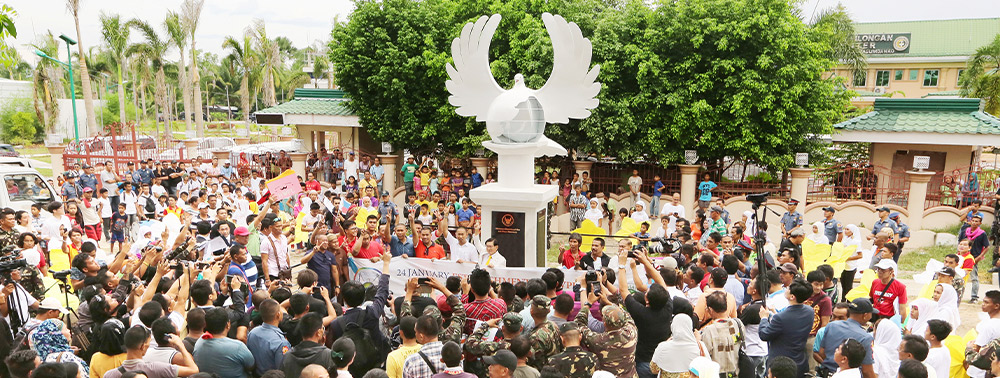
5. DPCW Curriculum
On 14 March of every year since 2015, the HWPL International Law Peace Committee meetings have been held, where international law experts discussed ways to achieve the adoption of the DPCW at the international level and contribute to the realization of peace. In order to provide students of law with quality education on the values of human rights and peace in the DPCW, a curriculum was completed in 2020. Currently, education is being offered in India and Bangladesh, and discussions are underway to introduce the DPCW Curriculum to more countries.




